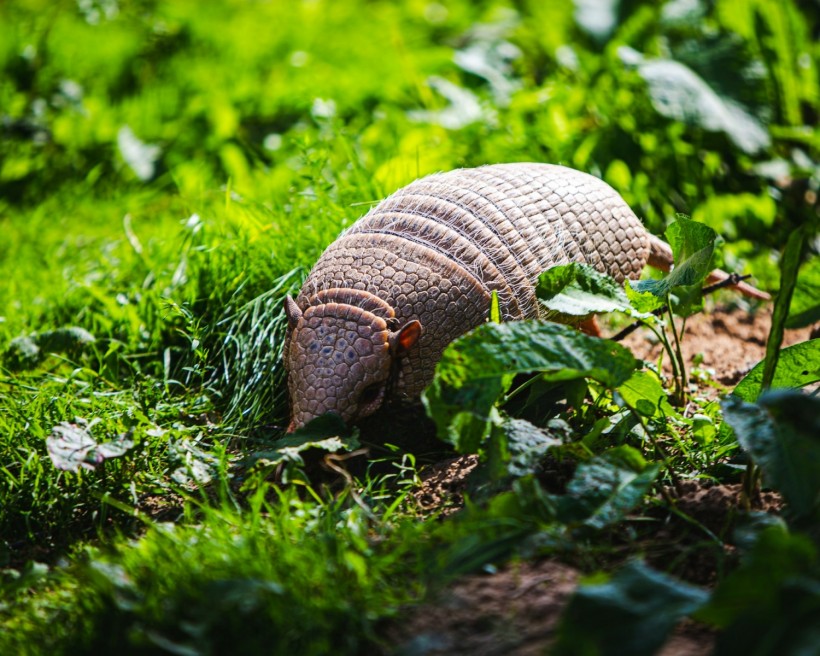Leprosy, officially known as Hansen's disease, is a skin infection caused by the slow-growing bacteria Mycobacterium leprae. In the past, humans acquired the disease through animal exposure, specifically from the armored armadillos, which are New World placental mammals. In the southern United States, some armadillos are naturally infected with leprosy bacteria, according to the Centers for Disease Control and Prevention (CDC).
For over a century, US leprosy cases in the South were caused by animal exposure, specifically after coming into contact with armadillos. However, a recent resurgence of the ancient disease in the Southeast US, particularly Florida, was not linked with animal exposure. Aside from zoonotic transmission from animals to humans, Hansen's disease (sometimes spelled as Hansen disease) can also be spread between persons.
US Leprosy Cases

(Photo : Photo by Joe Lemm on Unsplash)
US leprosy cases are on the rise with recent outbreaks that regularly occur within parts of the Southeast US, according to an article on Friday, March 15, by Robert Schwartz, professor and head of dermatology at Rutgers University. Accumulating evidence about the endemic increase of Hansen's disease in Florida were published in the August 2023 study in the journal JAMA Network Open. This is based on leprosy diagnoses in Floridians in recent years.
In addition to M. leprae, leprosy is also caused by another bacteria called Mycobacterium lepromatosis which was identified in 2008. Now, the spread of the zoonotic skin disease is reportedly occurring across the region even without exposure from armadillos. These wild animals have been the only known zoonotic reservoir of the leprosy-causing bacteria that can be transmitted to humans.
Also Read: ALERT! Leprosy Found to Infect Red Squirrels in the British Isles
What is Hansen's Disease?
Hansen's disease is known to spread between people but it is not clear how it is exactly transmitted amongst members of the Homo sapiens species. Still, scientists think the transmission can still happen when a person infected with leprosy releases droplets through coughs or sneezes. Then, the infection starts when a healthy person inhales the droplets containing the bacteria, according to the CDC, which refutes that shaking hands or hugging can spread the disease.
Due to the risk posed by leprosy, the CDC warns the public to "avoid contact with armadillos whenever possible," adding that one should talk with his or her healthcare provider if exposure to the animal occurs or is worried about getting Hansen's disease. While US leprosy cases are relatively rare, the bacteria-borne disease is common worldwide, where as many as 2 million people are permanently disabled due to Hansen's disease, the US health body says.
Leprosy outbreaks date back to the ancient world. This is based on early written records showing that Hansen's disease, which we know today, was described clinically from 600 BC to possibly as early as 1400 BC in India, where it was previously called Kushta, according to a research article.
Related Article: In a Historical First, Chimps in Africa were Infected with Leprosy
© 2024 NatureWorldNews.com All rights reserved. Do not reproduce without permission.




![Roundworms with Short Memories 'Stop Forgetting' When Frozen or Given Lithium [Study]](https://1471793142.rsc.cdn77.org/data/thumbs/full/70295/280/157/50/40/roundworms-with-short-memories-stop-forgetting-when-frozen-or-given-lithium-study.jpg)
